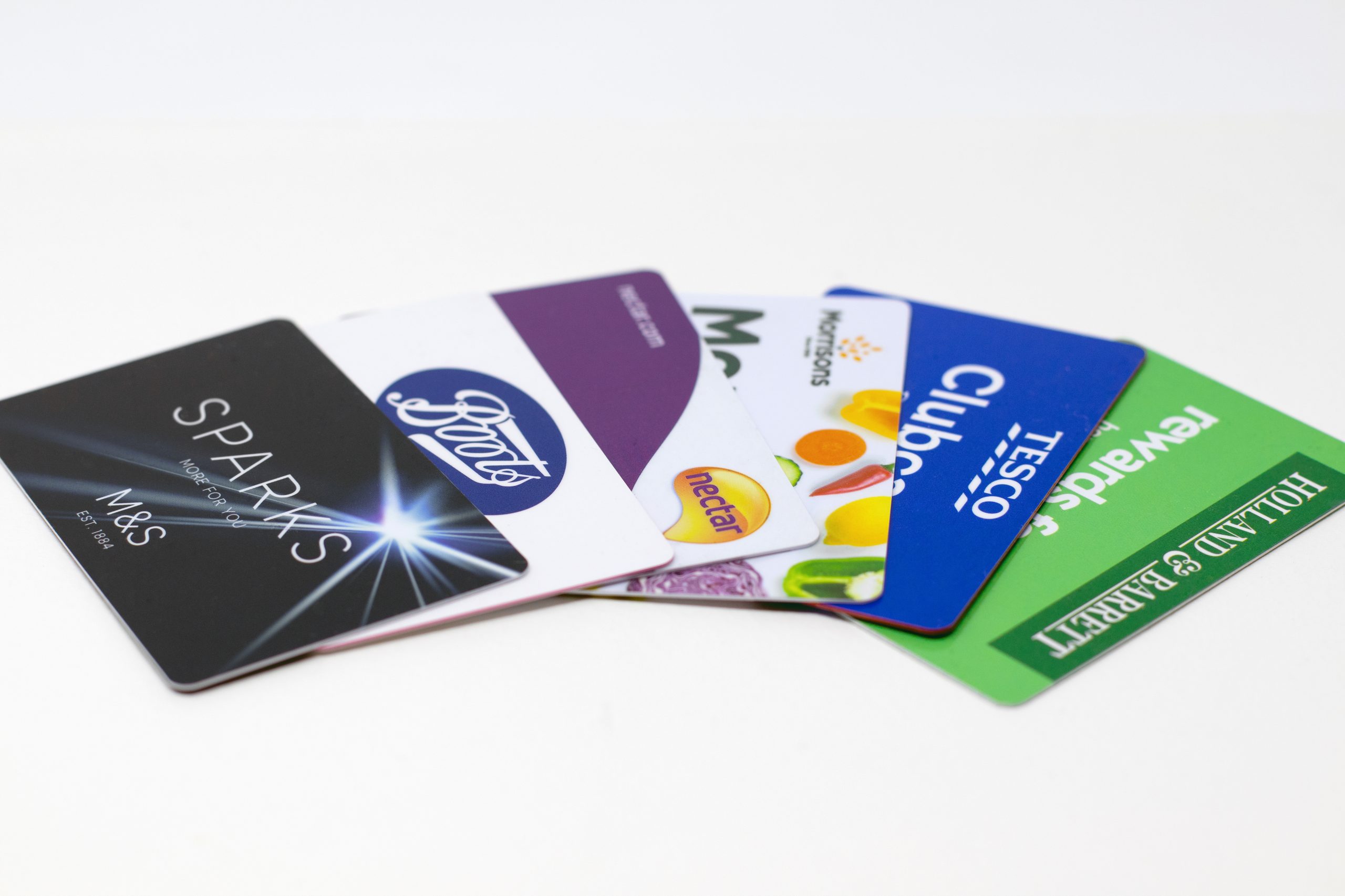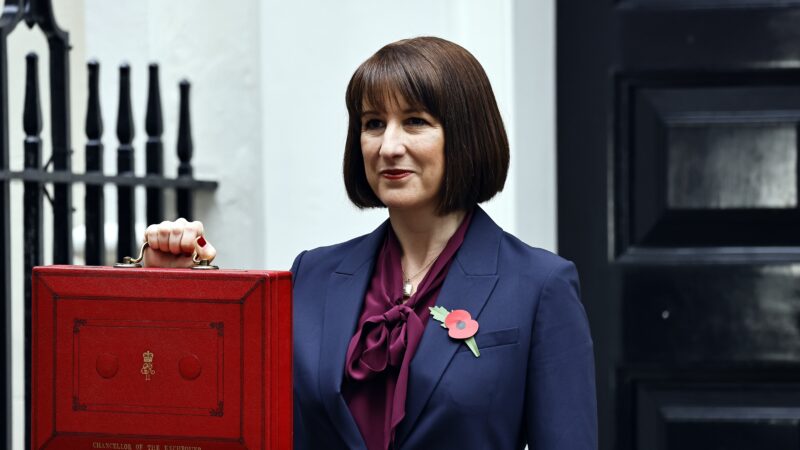Loyalty pricing ‘generally does offer savings’ for shoppers: CMA

Shoppers should have confidence they are not being treated unfairly by buying loyalty priced products, the CMA has found.
The Competition and Markets Authority has published its findings from its review of loyalty pricing in the grocery sector and found that shoppers who are members of a loyalty scheme can almost always make a genuine saving on the usual price by buying loyalty priced products.
The CMA analysed around 50,000 grocery products on a loyalty price promotion, and revealed they found very little evidence of supermarkets inflating their ‘usual’ prices to make loyalty promotions seem like a better deal.
In addition, shoppers without a loyalty scheme membership are generally paying the same price during the loyalty price promotion as they do in the weeks before and after those promotions.
Since January 2024, the CMA has been undertaking a wide-ranging review into loyalty pricing in the grocery sector, with a key focus on whether any aspect of loyalty pricing offered by some grocery retailers could mislead shoppers.
“It is vital that people can have confidence that advertised savings are genuine and are able to make properly informed choices when shopping, particularly in the context of continued cost-of-living pressures,” stated the CMA.
“We have considered whether there are pricing practices that indicate that the non-loyalty (or non-member) price may have been artificially inflated to make the loyalty price appear misleadingly attractive.
“To do this we have gathered information from grocery retailers that offer loyalty pricing, and we are analysing, for example, what happens to prices before, during, and after a product goes onto a loyalty price promotion.”

In July 2024 the authority commissioned a consumer survey to understand the impact of loyalty pricing on how we shop, including how much people shop around and compare prices.
The survey also explored issues including whether loyalty pricing affects shoppers’ engagement with supermarket loyalty schemes; shoppers trust that price savings for members are genuine; shoppers concerns about supermarkets’ use of their personal data; and attitudes to loyalty pricing vary between different types of shoppers and if so, how.
The CMA’s comparative price analysis indicates that loyalty prices generally do offer shoppers savings when compared with the price of the same product at other supermarkets, when it is not on promotion at the other retailers. However, this is not always the case, and they found several loyalty priced products which were significantly more expensive than the cheapest price available at other supermarkets at that time, showing there is value in shopping around.
Findings include:
Despite the majority of shoppers agreeing that loyalty prices offer good savings, 40% of shoppers do not trust that the loyalty price for members is a genuine saving on the usual price.
Trust is higher among older individuals (71% of those over 70) and those in comfortable financial positions (61%), while it drops to 41% among those finding things very difficult financially.
55% of respondents to the CMA survey think that non-member prices are higher than the price usually charged for a product, with 71% of those aged 18 to 29 holding this view and 65% of those aged 30 to 39.
41% of respondents strongly agreed or agreed that loyalty pricing makes them feel a valued customer, while 25% disagreed or strongly disagreed.
The impact is highest among younger shoppers, with 49% of those aged 18 to 29 agreeing, compared with those aged 50 to 59 and 60 to 69 (both 35%) and among low-income individuals (47%).

Looking at consumers’ shopping habits, the survey found that over three quarters (78%) of shoppers do all or most of their shopping in a physical shop, while 12% choose to shop online all or most of the time.
On average, shoppers regularly visit 3.2 different supermarket chains, this includes those supermarkets used for ‘main’, ‘small’ and any ‘top-up shops’.
Fewer than one in five (17%) believed that loyalty prices represent the best deal they could get. For those in very difficult financial circumstances, 8% view loyalty prices as the best available option, while 51% felt loyalty prices were comparable to those at other retailers, and 32% believed better prices could be found elsewhere.
The CMA said it had written to all supermarkets using loyalty pricing advising them to review their practices in line with their advice and, where necessary, to take action to ensure all promotions comply with consumer law.
The authority also called on supermarkets to consider if they could do more to make sure that certain shoppers – such as those without smartphones and under 18s – are able to join and make use of loyalty schemes.







